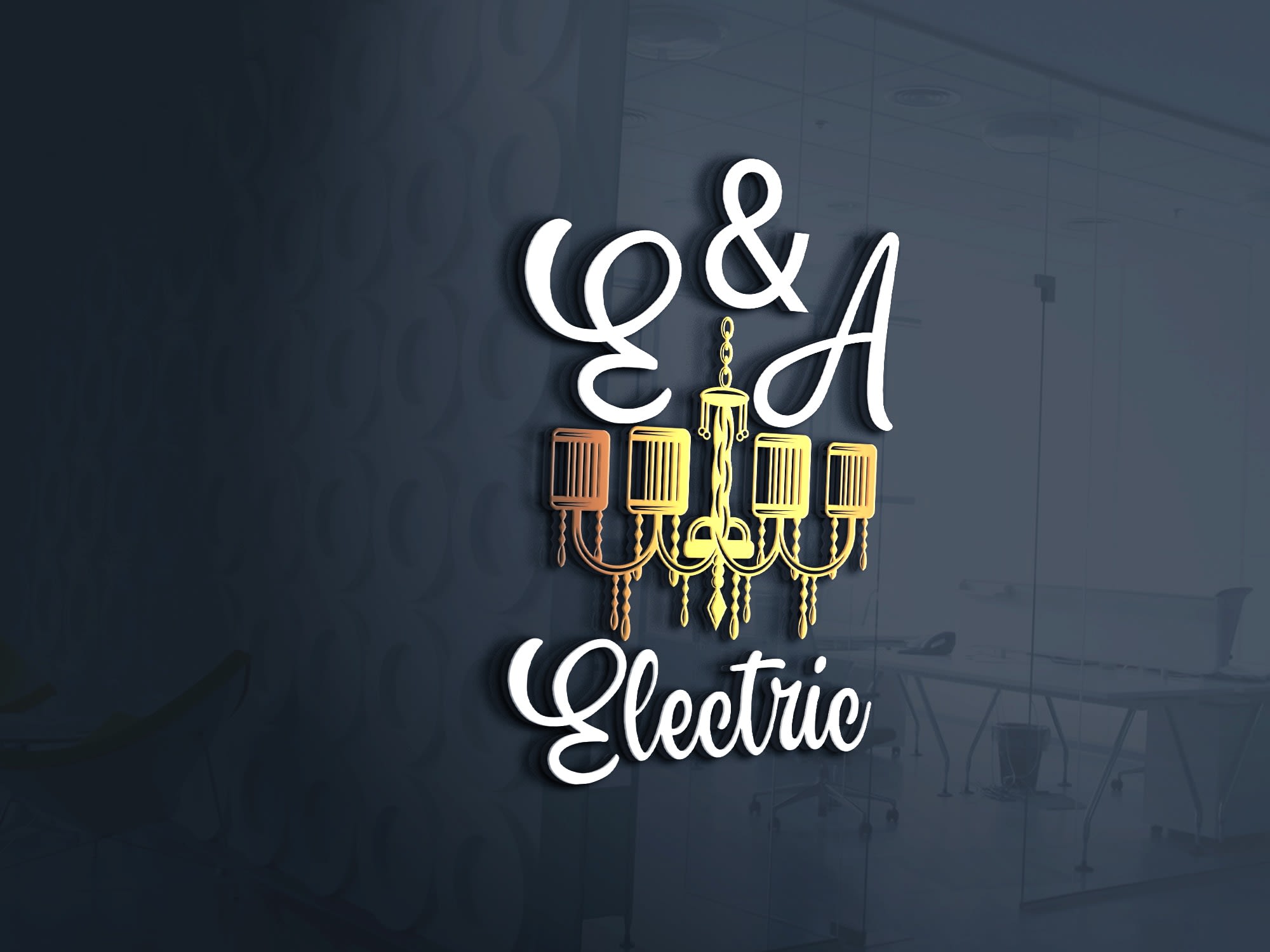
Bathroom Electrical Do’s and Don’ts: What’s Safe, What’s Not

The bathroom is one of the most dangerous rooms in your home when it comes to electricity. Water and wiring don’t mix — which is why bathroom electrical work must follow strict safety rules. Whether you're remodeling or just plugging in a hairdryer, here are essential do’s and don’ts.
✅ Bathroom Electrical Do’s
- Install GFCI Outlets:
Ground Fault Circuit Interrupters are required in bathrooms to protect against electric shock. They cut power instantly when moisture is detected. - Use Bathroom-Rated Lighting Fixtures:
Install lights with the proper IP (Ingress Protection) rating near tubs or showers to prevent moisture damage and hazards. - Install Exhaust Fans with Separate Circuits:
Moisture buildup causes mold and can damage wiring — use a vent fan on a dedicated line to reduce load and improve safety. - Hire a Licensed Electrician:
Bathrooms require exact placement of outlets, switches, and lights per code. An experienced electrician ensures everything is up to standard.
❌ Bathroom Electrical Don’ts
- Don’t Use Extension Cords:
Avoid using power strips or extension cords in bathrooms. One splash can cause a fire or electrocution. - Don’t Install Standard Outlets Near Water Sources:
Keep all outlets at least 3 feet from tubs and sinks unless they’re GFCI protected and approved. - Don’t DIY Heated Floor Wiring:
Heated floors are awesome — but the installation must be code-compliant and often needs a separate thermostat and safety sensor. - Don’t Overload Bathroom Circuits:
Curling irons, hairdryers, and heaters all use lots of energy. One outlet may not be enough — your panel may need an upgrade.
Conclusion:
Your bathroom should be a place to relax — not worry about electrical hazards. Whether you're upgrading lighting or need GFCI outlets installed, E&A ELECTRIC LLC is here to make your bathroom beautiful and safe.
Get in Touch with Our Team
Have an electrical issue or question? Don't hesitate to reach out to our team at E&A Electric LLC. Whether you need help with a specific problem or just want to learn more about our services, we're here to help.
